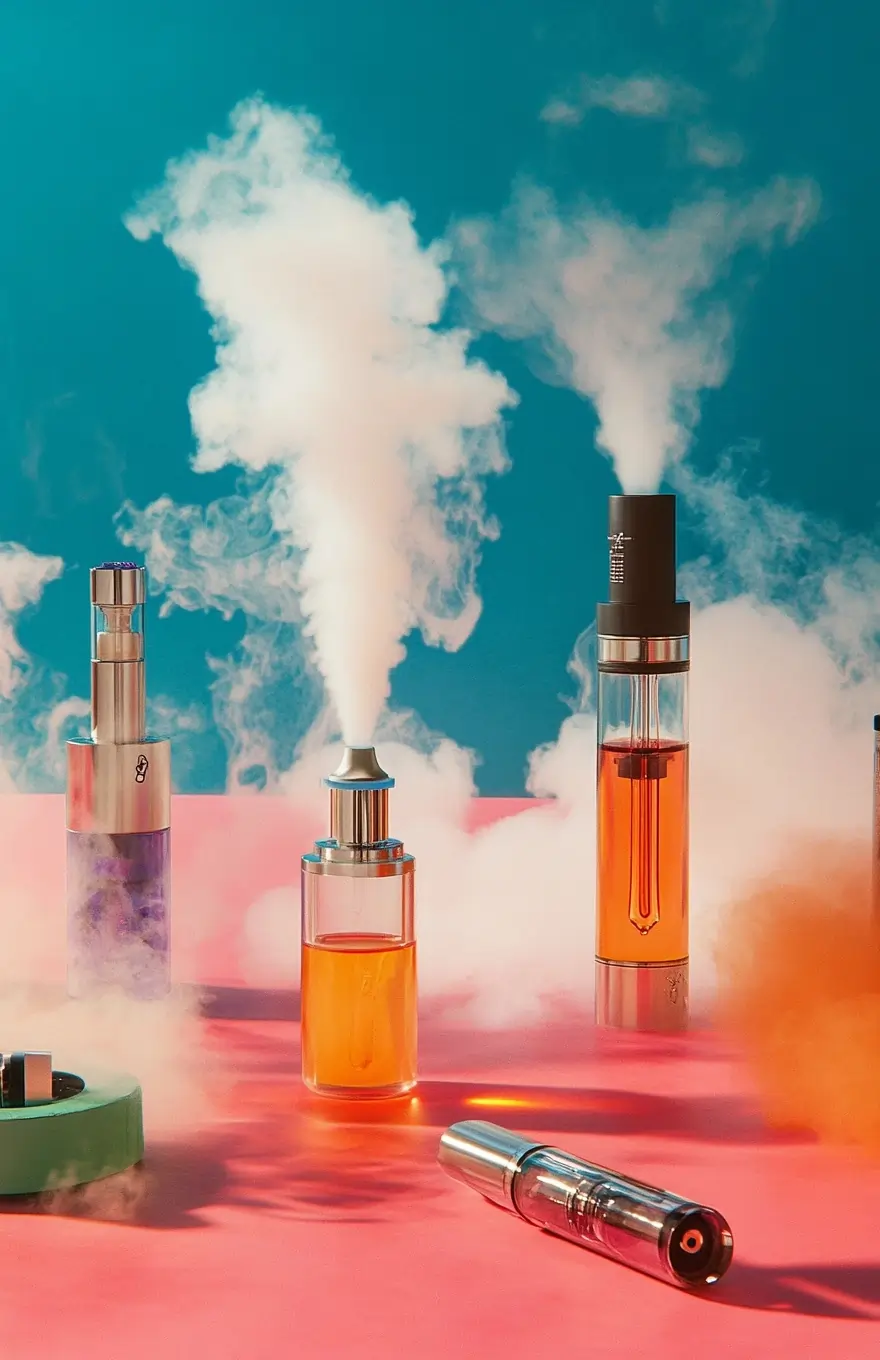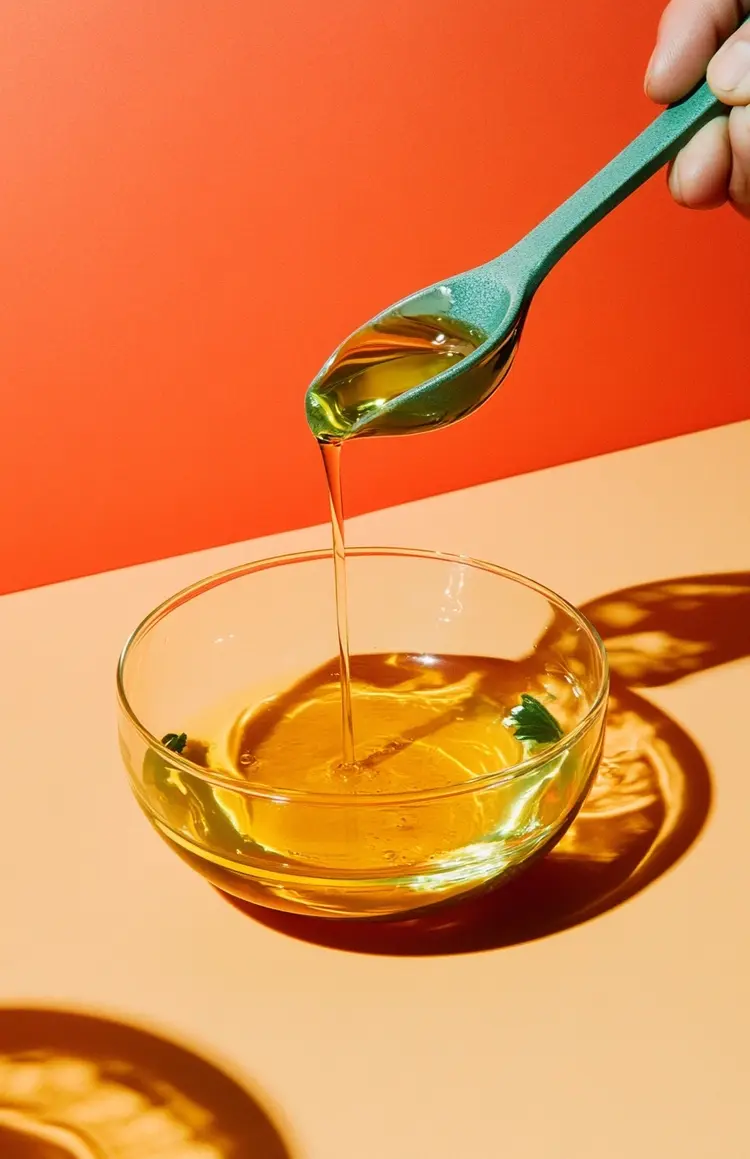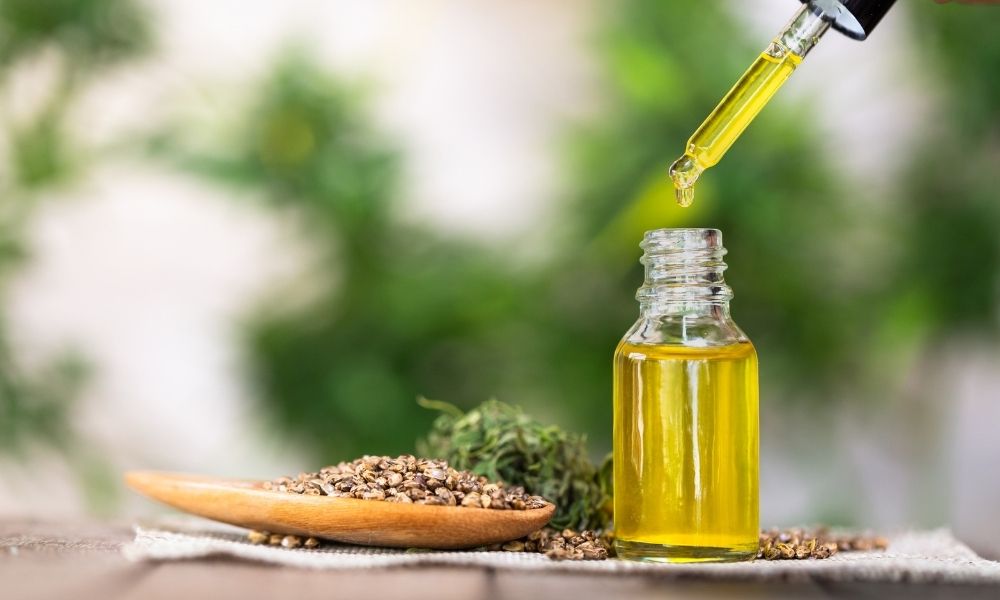

CBD oil is beloved for its versatility and soothing benefits. You can mix it into your coffee, add it to your lotions, or just eat it on its own to experience its range of therapeutic effects. But did you know that you can also cook with CBD oil to make your own CBD snacks and treats at home?
In this article, we’ll go over the ins and outs of cooking with CBD oil. We’ll also cover some basic information about CBD in general! Read along with us if you’d like to learn how to make your very own CBD edibles.
CBD oil is beneficial to the whole body when consumed, and there are many ways to eat it. The simplest ways to consume CBD oil are to drop it on or under your tongue, the latter of which is called sublingual application. Sublingual application is a popular method because it kicks in quickly.
While it seems like dropping CBD oil on or under your tongue wouldn’t make a difference, it does. When you drop CBD oil on your tongue and swallow it, it needs to digest before it can truly kick in. This slightly diminishes the CBD oil’s bioavailability (the amount of CBD that becomes active in the body).
When you drop CBD oil under your tongue and let it absorb, it doesn’t need to be digested. This allows the CBD to take effect more quickly and retain more bioavailability than when it’s swallowed. Both methods work well, but a sublingual application is viewed as moderately preferable.
Another common way to consume CBD oil is to mix it into beverages and certain foods. Many people add CBD oil to their coffee or tea, a smoothie, or even their salad dressing. Rather than buying pre-portioned CBD snacks, this method allows you to personalize your dosage to your needs.
Whether or not they realize it, the people who add CBD oil to their beverages and foods are just a step away from cooking with CBD oil. There’s a whole wide world of cooking with CBD out there just waiting to be discovered! It takes a few more steps than dropping oil in a coffee, but it’s definitely worth it!
Some people actually prefer to buy CBD-infused edibles like gummies or cookies. They’re a delicious, easy way to add CBD into your daily routine, and they don’t require constant measurements. Once you have a bottle of gummies, you just figure out how many adds up to your dosage and eat that many each day.
Absolutely! There are hundreds of CBD oil recipes out there, including vegan and gluten-free options! Cooking with CBD oil is a fun activity that results in a relaxing and enjoyable food experience. You can cook a meal with CBD oil, or you can easily make a batch of something like CBD brownies to eat throughout the week!
Cooking with CBD oil is fairly easy, but there are some precautions to keep in mind. Overheating CBD oil can diminish its potency, meaning it won’t work as effectively when you eat it. You also need to be precise with your CBD oil measurements, as too much CBD oil can make you drowsy or lethargic.
There are all kinds of CBD oils on the market, and not all of them are suited for cooking. For instance, some CBD oils have fruity or sweet flavoring that could ruin a dish. Additionally, certain additives won’t mix well when cooking.
Hollyweed’s CBD oil is one of the best for cooking because of its clean, simple recipe and efficacy. Our CBD oil is made from only two organic ingredients: pure CBD oil and hemp seed oil (to balance each bottle’s potency). It’s almost entirely odorless, and the viscosity mixes well into many different foods.
When you make your own CBD edibles at home, you control the exact amount of CBD in the food. You can bake a batch of brownies that will contain your exact dose in each square. You can make a spaghetti sauce with enough CBD oil for you and a dinner guest to both enjoy. It’s perfect personalization!
Adding CBD oil to your cooking routine is also a great way to add it to your daily routine. It enhances your already incredible cooking with soothing, beneficial effects. You can grab a CBD muffin before a stressful day to calm your nerves or enjoy a CBD brownie when you get home to help you unwind.
To make a successful CBD-infused recipe, you’ll need to acquire high-quality CBD, have precise measurements, and keep a close eye on the temperature throughout the cooking process.

How Much CBD Oil Should I Use When Cooking?
Everyone’s CBD dosage is going to be different – there is no “right” or “wrong” amount to use while cooking. Depending on the kind of dish you’re making, you may just need one of your doses, or you may need a whole bottle of CBD oil. Large batches of baked goods will require more oil than one bowl of pasta.
We recommend calculating your personal dosage range before cooking with CBD oil. A dosage range denotes a person’s mild dose and strong dose, giving them an idea of how much to take at one time. We recommend 0.25mg to 0.5mg of CBD per every one pound of body weight for an adult CBD consumer.
Let’s go over an example of calculating a dosage range for a 150-pound adult:
If you’re setting out to make one serving of CBD-infused pasta sauce for yourself, add your choice of mild to strong dose into the recipe. However, if you’re making a batch of brownies, you’re going to want to calculate how much CBD oil to add so that each square has one of your doses within it.
Yes, you can overheat CBD oil when cooking, and it decreases the CBD oil’s effectiveness and beneficial properties. The boiling point of CBD is between 320 degrees and 356 degrees Fahrenheit. To avoid this, it’s advised not to heat your CBD oil over direct heat (on a grill over charcoal or flames). Many recipes with CBD oil will provide direction on exactly how to cook the food your preparing that should prevent overheating.
One of the absolute best tips for cooking with CBD oil is to add it into recipes with other fats and oils. The hemp seed oil in our CBD oil is a healthy lipid that mixes well with olive oil, melting margarine, avocado oil, and other healthy fats. CBD is lip-soluble, meaning it also mixes well with healthy fats.
It’s so easy to add CBD oil to hundreds of different dishes, and it doesn’t need to be cooked to activate. To completely avoid overheating the oil, you can add it in after the cooking is done. For example, try mixing CBD oil into your pasta sauce after it comes off the stove.
One of our favorite ways to add CBD oil to a dish is by drizzling it almost like olive oil. You can drizzle CBD oil on avocado toast, over steamed vegetables, pizza, or on top of garlic bread! You can also drizzle it on salad with some olive oil, lemon juice, salt, and pepper for a light, simple salad dressing!
Baking with CBD oil is definitely a bit trickier than adding it after the cooking is done, but it’s so worth it. Having your own batch of baked CBD goods means having a personalized supply of relaxing, sweet treats! You just need to watch the temperature during the process to keep the CBD in good shape.
As long as you follow a reputable recipe, you shouldn’t have any trouble baking with CBD oil. Make sure you’re using a high-quality CBD oil and that you’re measuring correctly, and you should be good to go! You can even make a batch of CBD butter to bake and cook with throughout the week.
CBD oil works by activating the endocannabinoid system (ECS) in humans (and other mammals!). The ECS plays a major role in regulating bodily functions like appetite, temperature, pain responses, mood, sleep, and many more. There are ECS cannabinoid receptors dispersed throughout our entire bodies.
Typically, the ECS relies on the body’s naturally produced endocannabinoids to bind to the cannabinoid receptors. This signals the ECS to start regulating things. For example, if you get a scrape, endocannabinoids bind to the nearby receptors and tell the ECS to reduce pain and inflammation and activate immune cells.
CBD (cannabidiol) is a non-psychoactive (doesn’t get you “high”) cannabinoid found in hemp. When CBD is consumed, it binds to the ECS’ cannabinoid receptors just like the body’s endocannabinoids. This supplements your body’s endocannabinoids, increasing the therapeutic functionality of the ECS.
CBD oil can help alleviate ailments such as:
Yes, CBD oil is 100% legal in the United States. The 2018 Farm Bill declared that any cannabis plant containing 0.3% or less THC qualifies as hemp and is federally legal. Any cannabis plant containing over 0.3% THC is marijuana and is illegal on the federal level but legal in some states.
Hemp is rich in CBD, and almost all commercial CBD oils and products are made from hemp-derived CBD. 0.3% THC is nowhere near enough to get you high – rather, it complements the CBD and produces a heightened consumer experience known as the entourage effect.
Cooking with CBD oil is easy, fun, and full of possibilities. Think about how many foods you use olive or coconut oil for and then imagine all of those dishes with the added soothing benefits of CBD. From sweet treats to savory dishes, CBD oil complements hundreds of different foods from around the world.